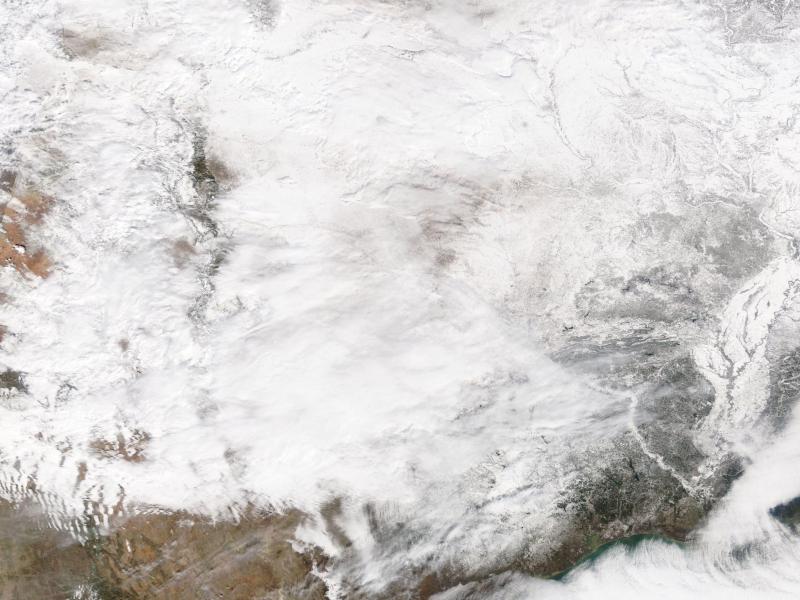
Storm Uri over Texas, February 16, 2021. Image: NASA EOSDIS
In a report from the US power consultancy Grid Strategies, vice president Michael Goggin and research analyst Jesse Schneider state that while Uri hit several states across the central US hard, unlike Texas’s main ERCOT grid, the Southwest Power Pool and Midcontinent Independent System Operator were able to import large amounts of power from their neighbours to avoid the worst of the outcomes experienced in Texas.
“Texas serves as an example of the consequences of not having sufficient interregional electricity transmission. As extreme weather events become more severe and frequent, all regions are increasingly at risk of an extended outage like Texas experienced.”
Overall, more than 4.5 million people lost power for as long as four days, with generation supply on the ERCOT grid estimated to have been 10GW short of demand for much of the event and 246 deaths were recorded in the state.
In the report, the authors show that while ERCOT was able to import only 800MW of power from the Southwest Power Pool during the week of the cold snap, the Midcontinent Independent System Operator was able to import a total of 13,000MW as well as export 5,000MW to the Southwest Power Pool.
ERCOT also had been able to import an additional 400MW from Mexico but this was curtailed early in the event when Mexico experienced natural gas shortages.
Goggin and Schneider cite storm Uri and Texas as one of several examples in which transmission investment could make the grid stronger and more resilient and help to keep power costs down for consumers.
Estimates by the company are that an additional GW of transmission capacity during many of the severe weather events experienced could have generated more than $100 million in consumer savings.
In the case of storm Uri for the ERCOT-Tennessee Valley Authority region, the likely savings from the GW are estimated at almost $1 billion.